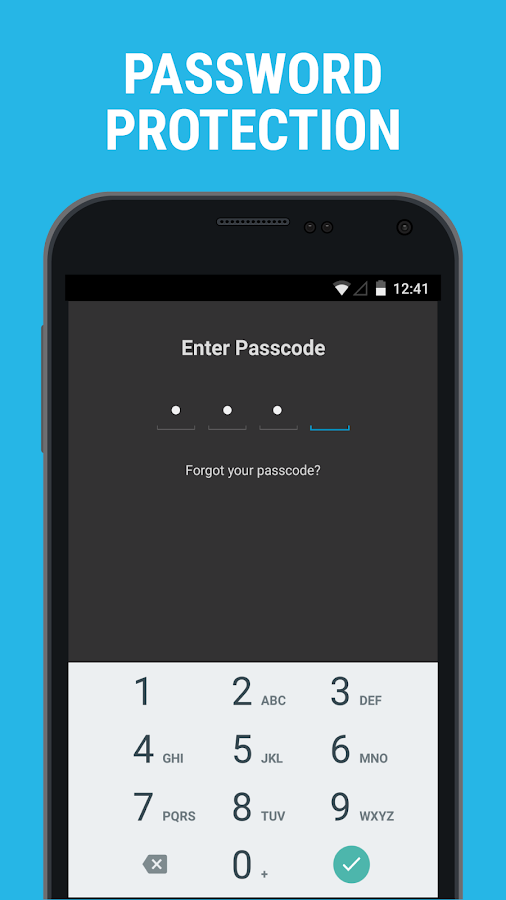
Ensure that all labels and controls are in close proximity to their associated content.If tables are used, ensure that there are table headers in place.Create a responsive look to the site so horizontal scrolling can be removed on smaller devices.Ensure that all link text properly describes the purpose or destination of the link.Ensure that there is a method to skip navigation through the use of a "skip navigation" link.The title should describe the topic or purpose of the page. Create a descriptive page title for every page.
 Create visible labels for input fields and other form elements, such as radio buttons, checkboxes, and select dropdowns. A heading should be provided at the beginning of all areas of content. Ensure that a hierarchical heading structure is in place on all pages. Re-labeled most inputs and buttons to be less redundant for screen readers. Added ability to open guideline accordions with the space bar. Added various ARIA attributes to better communicate custom functionality. Added Visible Focus Indicator to accordion menus. Removed obsolete and added new and more appropriate testing tools. HTML code examples updated to more accessible and modern standards. Updated various links to properly link to new or updated pages. Updated descriptions of some old WCAG 2.0 guidelines to better fit with modern practices and tools. New tags added to fit new WCAG 2.1 guidelines. WCAG 2.1 Levels A, AA, and AAA added to the checklist (17 new guidelines). Includes Functional Support Criteria and Support Documentation and Services. Section 508 updated to reflect new laws. This checklist was updated to WCAG 2.1 by Jay Nemchik of Elsevier's Digital Accessibility Team.
Create visible labels for input fields and other form elements, such as radio buttons, checkboxes, and select dropdowns. A heading should be provided at the beginning of all areas of content. Ensure that a hierarchical heading structure is in place on all pages. Re-labeled most inputs and buttons to be less redundant for screen readers. Added ability to open guideline accordions with the space bar. Added various ARIA attributes to better communicate custom functionality. Added Visible Focus Indicator to accordion menus. Removed obsolete and added new and more appropriate testing tools. HTML code examples updated to more accessible and modern standards. Updated various links to properly link to new or updated pages. Updated descriptions of some old WCAG 2.0 guidelines to better fit with modern practices and tools. New tags added to fit new WCAG 2.1 guidelines. WCAG 2.1 Levels A, AA, and AAA added to the checklist (17 new guidelines). Includes Functional Support Criteria and Support Documentation and Services. Section 508 updated to reflect new laws. This checklist was updated to WCAG 2.1 by Jay Nemchik of Elsevier's Digital Accessibility Team. 
This checklist was produced by Jorrit van Hertum of Elsevier's User Centered Design (UCD) group and Accessibility Working Group.






 0 kommentar(er)
0 kommentar(er)
